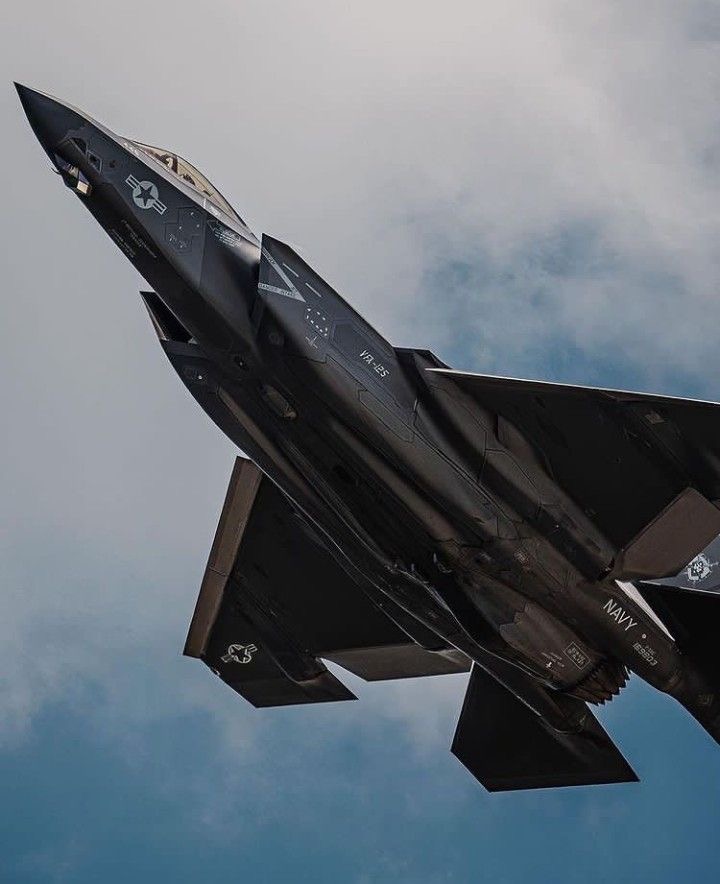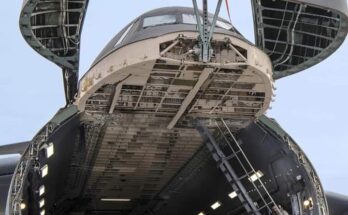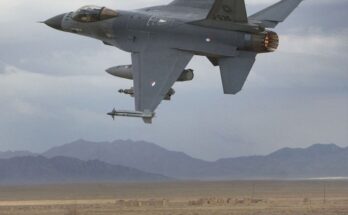
Its key strengths are stealth, advanced sensors, networked data-sharing, and multirole capability (air-to-air, air-to-ground, and reconnaissance).
✈️ Variants
There are three main versions of the F-35:
- F-35A – Conventional Takeoff and Landing (CTOL)
- Standard model for the U.S. Air Force and most allies.
- Cheapest and lightest version.
- F-35B – Short Takeoff and Vertical Landing (STOVL)
- Operated by the U.S. Marine Corps, UK Royal Navy/Air Force, Italy, Japan, etc.
- Can take off from short runways and land vertically (like a Harrier jump jet).
- F-35C – Carrier Variant (CV)
- For the U.S. Navy.
- Larger wings and landing gear for catapult launches and arrested landings on aircraft carriers.
🔑 Capabilities
- Stealth: Low radar cross-section, internal weapons bays.
- Speed: Mach 1.6 (~1,200 mph / 1,930 km/h).
- Range: ~1,350 miles (2,200 km) without refueling (F-35A).
- Avionics: Advanced radar, sensor fusion, electronic warfare.
- Helmet System: The pilot’s helmet-mounted display (HMD) projects flight and targeting data directly on the visor.
- Weapons:
- Internal: AIM-120 AMRAAM, JDAM, SDB, etc.
- External: Can carry more weapons on wing pylons if stealth is less critical.
🌍 Operators
As of now, the F-35 is in service with over 18 countries, including the U.S., UK, Italy, Japan, Israel, South Korea, Australia, Norway, Denmark, the Netherlands, Belgium, Poland, Finland, Switzerland, and others.
👉 Do you want me to break down the differences between the F-35 and older fighters (like F-16, F-18, or F-22), or would you like a visual layout/spec sheet of the F-35 Lightning II?

